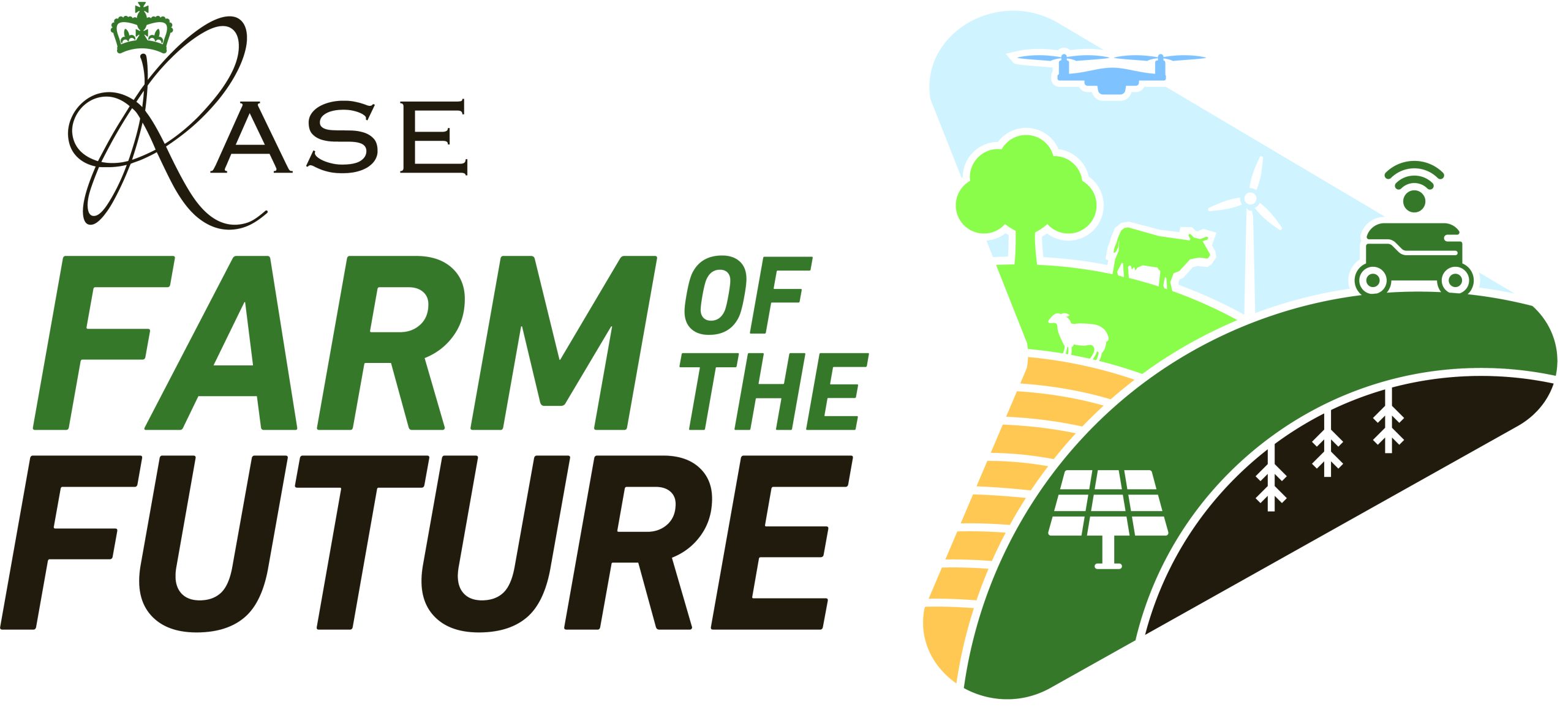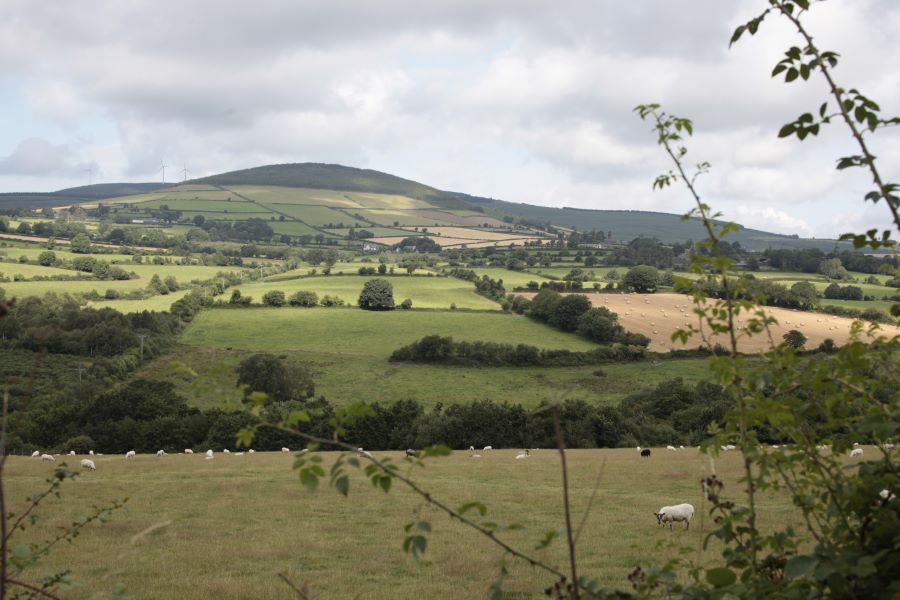The biodiversity markets are evolving, which – as said by NFU countryside adviser Poppy Sherborne in a recent RASE Farm of the Future webinar – makes them “a new and daunting space to be operating.”
There are both public and private funding options for farmers to be paid to restore biodiversity loss on farmland. Speaking in the ‘Securing an income from restoring biodiversity loss’ webinar in December 2024, Poppy Sherborne highlighted that taking actions to improve biodiversity on farmland does not necessarily have to require a change to or moving away from farming operations, but can take place alongside existing food production, for example by taking actions that enhance biodiversity in the soil, hedgerows or existing woodlands.
A breakdown of the options available to farm businesses to receive income for restoring biodiversity is outlined below.
Private funding options for biodiversity
Private funding includes the environmental markets, which are principally driven by compliance. These include:
- Biodiversity Net Gain (BNG), which is driven by development of buildings.
- Carbon storage in soil or woodlands, which includes the Woodland Carbon Code and Hedgerow Carbon Code as funding mechanisms that can support biodiversity on-farm.
- Water quality and management, for example where a water company pays farmers for delivering actions that improve water quality in their area
- Nutrient Neutrality, which also works alongside development. With nutrient neutrality, where a development might need to offset any nutrient load, farms can be involved in helping to create credits and nutrient neutrality credits to help provide that offset.
- Private funding can also include local funding schemes, such as a charity that provides funding for particular habitat or species in a local area.
- Corporate Social Responsibility can also provide funding for biodiversity on farmland. This can come directly via the supply chain or independently.
As private funding schemes are often quite new and involve entering long-term agreements, Poppy strongly advises obtaining legal and ecological advice before entering a funding agreement, to ensure it is the right approach for your farm business.
Public funding
The Environmental Land Management Schemes (ELMS) will be one of the main routes to receive public funding to support biodiversity actions on farms. As part of this, the Sustainable Farming Incentive (SFI) now has an expanded offer, which is available for all farmers in England to apply to.
In December 2024, Defra published guidance on Countryside Stewardship Higher Tier, which will open in 2025, and aims to enable environmentally ambitious areas to achieve more. There is also Landscape Recovery, which is more bespoke and operates at a landscape scale.
To support all of the above, there are also capital items which pay for revenue and upfront capital costs, for example fencing. Some capital items are currently closed.
Separate to ELMS, there is the England Woodland Creation offer, which will eventually be merged into the ELMS. There is also the Farming in Protected Landscapes Programme (FiPL) and the Countryside Stewardship Facilitation Fund, plus general grants around farming which can be applied for.
Funding agreement length
There are huge differences in agreement length of funding options for biodiversity, with public funding typically being shorter term. For example, with SFI, a farm is typically entering a 3 to 5 year agreement, while a Higher Tier Countryside Stewardship might be between 10 and 20 years. Private finance agreements can be a lot longer. BNG, for example, is 30 years minimum, and nutrient mitigation credits can be for over 125 years.
Stacking funding for biodiversity
Stacking is where you can have funding for multiple outcomes on the same area of land. In many cases public and private funding for restoring biodiversity loss on farmland can be stacked or combined, which could produce the best outcomes for biodiversity and the farm business.
Speaking in the webinar, Poppy shared that the government has put some guidance together on stacking of funding options, because there could be quite a lot of complications and complexity involved in how this actually works in practice. Essentially, there is no double funding, because you cannot be paid twice to do the same action, and that principle applies in most cases.
However, it does not have to be one type of funding or the other. For example, nutrient neutrality and BNG can be stacked on the same piece of land, and a capital grant to pay for a fence can be used to fence the area around a BNG field, as that is not paying for the same outcome twice.
Considerations
There is a range of public and private funding options available to farmers for delivering biodiversity outcomes. Some of these require land use change, such as BNG, while others, like SFI enable continued farming practices alongside the actions taken for biodiversity.
There are opportunities to stack funding for biodiversity, but not all funding is the same in that capacity, so it is about understanding what is involved with each option and deciding what is best for any given farm business. In addition, before entering any long-term agreement, it is important to obtain legal advice.
Finally, environmental markets are still evolving, and will continue to grow and evolve with time. To learn more on this topic, watch the ‘Securing an income from restoring biodiversity loss’ webinar recording in the RASE members’ resources. If you’re not yet a member of RASE, find out more about the membership benefits here.

